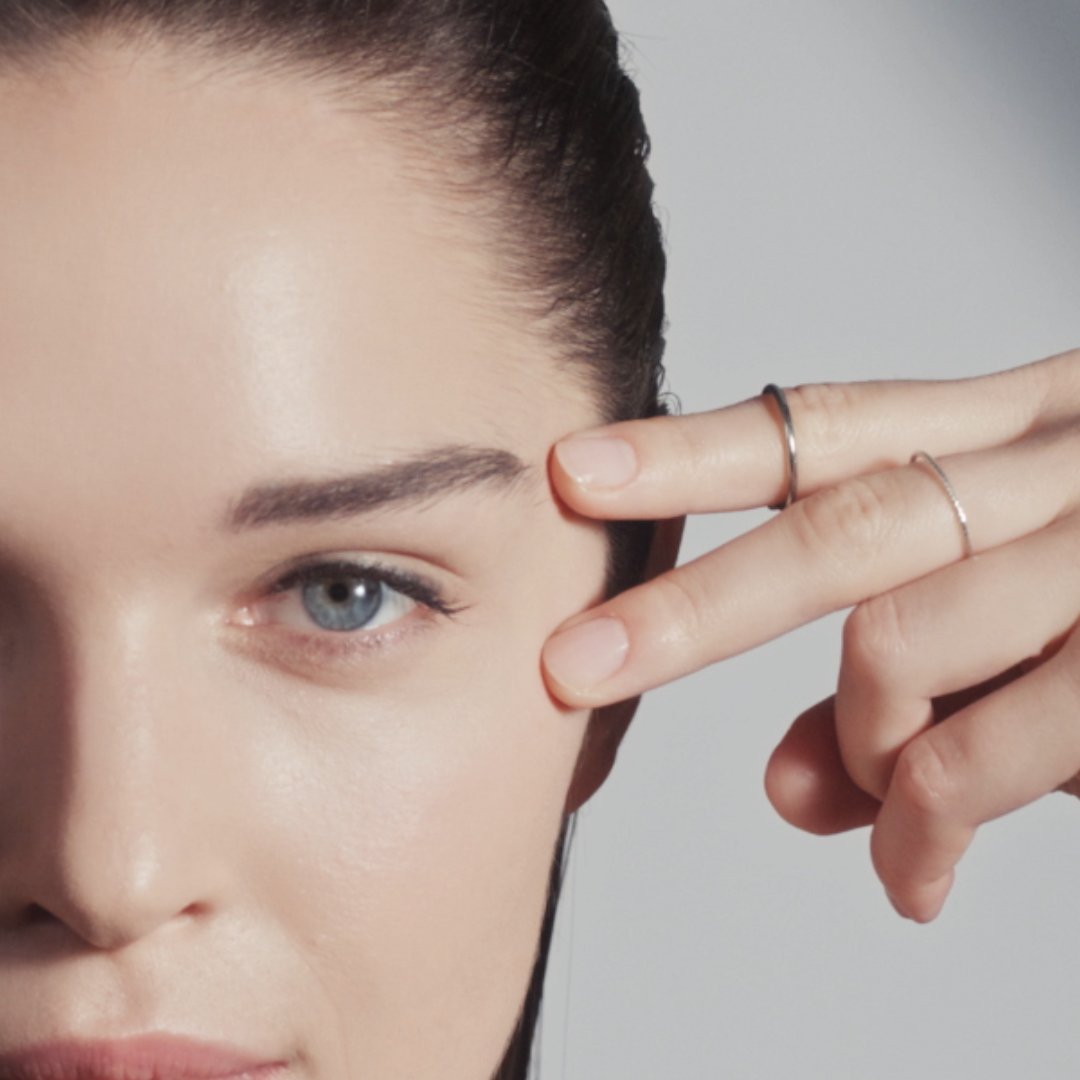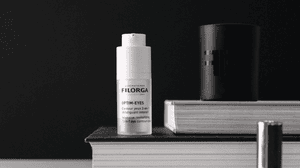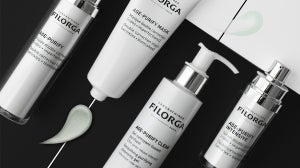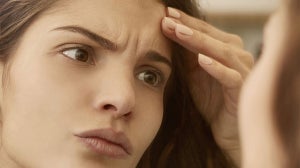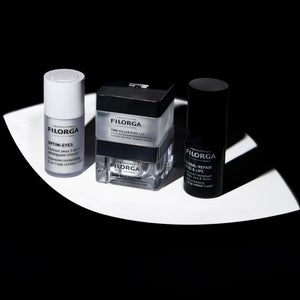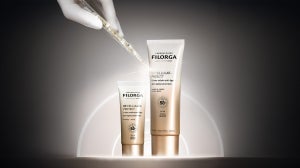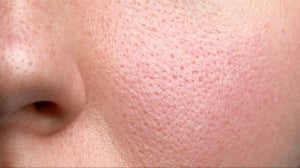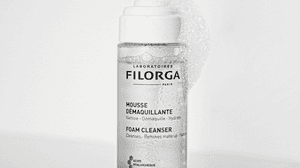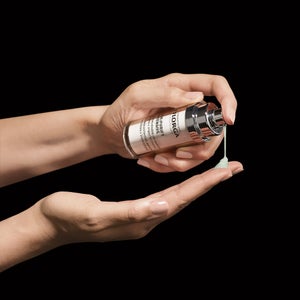
It is said that the eyes are the reflection of the soul. Unfortunately, it is also the first reflection of the passing of time. As such, eye contour wrinkles are a common concern for many women, but it can be difficult to know where to start treating them.
In this article, we will explain how these wrinkles are created and we will show you that there is not just one type of wrinkle around the eyes but several. You will then understand why at FILORGA we do not deal with wrinkles as a whole but with each type of wrinkle in particular.
Because even if the differences from one wrinkle to another are sometimes subtle, they are nonetheless important and require a specific approach.
How do wrinkles form?
Skin ageing is a natural process that affects the entire structure of our skin.
The face is affected earlier because the skin is thinner there than on other parts of the body. The eye area in particular has many areas where the skin is extremely thin.
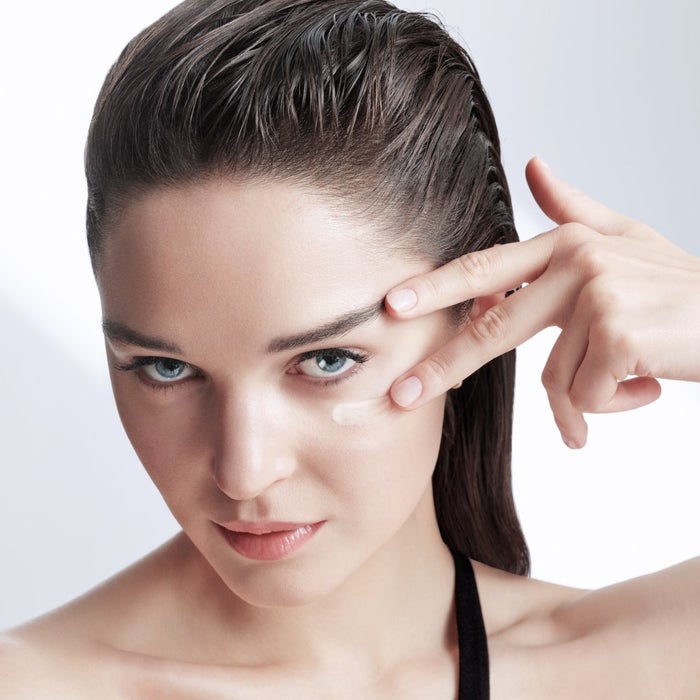
Over time, skin microcirculation decreases and blood vessels become fragile. Skin cell turnover slows down. The epidermis becomes thinner and the horny layer on the surface thickens, which can lead to the appearance of microcracks on the skin surface. The signs of ageing around the eyes can also be accompanied by dark circles: less efficient blood and lymphatic microcirculation means that blood waste is not properly eliminated. As the skin of this area is very thin, this waste accumulates and becomes visible by transparency.
In the dermis, there is less production of hyaluronic acid, collagen and elastin. This decrease disorganizes the structure of the dermis: it sags and no longer fulfils its role as a support mattress for the skin.
Finally, in the hypodermis, the fat cells lose volume. The skin is less firm and less plump.
All these phenomena combined, often amplified by smoking, fatigue or UV exposure, lead to the appearance of wrinkles.
The different types of eye contour wrinkles.
In addition to this structural ageing of the skin, there is also anatomical ageing, i.e., specific changes in the different areas of the eye contour. These phenomena have long been analyzed by aesthetic doctors, so much so that when they observe the eye contour of a patient, they quickly distinguish several types of wrinkles:
Crow's feet wrinkles.
Located on the outer side of the eye, these wrinkles are part of the expression lines. They emphasize the repeated movements of the facial muscles.
To correct these wrinkles, aesthetic doctors use the peeling technique.
The upper eyelid fold.
As with other wrinkles, it is the result of a decrease in the natural production of collagen and elastin, as well as the sagging of the eyelid.
The treatment of the eyelid fold can be done with PRP (Platelet Rich Plasma) or PRF (Platelet Rich Fibrin) injections. If you do not wish to undergo this type of procedure, you can opt instead for an anti-wrinkle cream like those offered by Laboratoires FILORGA.
Frown lines.
This wrinkle, also called the glabella wrinkle, is located between the eyebrows. It is the repeated frowning of the latter, associated with skin ageing, that causes its appearance.
In aesthetic medicine, the preferred solution for reducing this wrinkle is the injection of botulinum toxin, which keeps the eyebrow muscles relaxed.
Under-eye wrinkles.
They are often a sign of dehydrated skin. These wrinkles can also be caused by a loss of volume in the cheeks due to age or like when we lose weight. This loss of volume leads to a sagging of the area under the eye which, coupled with less elastic skin, results in wrinkles.
To fight against these wrinkles, revitalization injections will be performed.
Dark circles.
As we have seen above, dark circles are the result of an accumulation of pigment in the blood vessels located just under the skin of the eye contour.
They can be alleviated by the carboxytherapy technique which aims to reoxygenate the tissues to stimulate microcirculation and cell renewal.
Depending on what they have observed, doctors will then choose the technique or techniques best suited to their patients' wrinkles.
FILORGA is inspired by aesthetic medicine to treat wrinkles.
Founded in 1978 FILORGA is the 1st French Laboratory in Aesthetic Medicine. Its creator, Dr. Michel Tordjman, developed at the time an injectable solution acting on all the key factors of skin ageing. The current FILORGA products are the result of this research. We provide all women and men with anti-ageing cosmetic ranges developed from the ingredients used for injections.
To treat wrinkles and signs of ageing around the eyes, we have selected these ingredients:
For crow's feet wrinkles, a standardized extract of Sea Fennel that helps to get rid of dead cells, reduce the thickness of the stratum corneum and accelerate epidermal renewal.
For the eyelid fold, orchid stem cells that increase collagen and elastin production. This helps firm the skin and has a lifting effect on the eyelid fold, thus opening the eyes.
For frown lines, a relaxing peptide that mimics the action of botulinum toxin.
- For wrinkles under the eye, a potassium-rich Imperata cylindrica root extract that helps create a water reservoir in the skin.
For dark circles, a silk tree extract inspired by carboxytherapy that improves microcirculation and helps reduce pigment build-up.
NCEF (New Cellular Encapsulated factors) technology, created by FILORGA, which integrates high molecular weight hyaluronic acid and revitalizing ingredients used in injections (amino acids, vitamins, minerals, co-enzymes). NCEF acts as a real booster that triggers the skin's natural cellular mechanisms to fight against skin ageing.
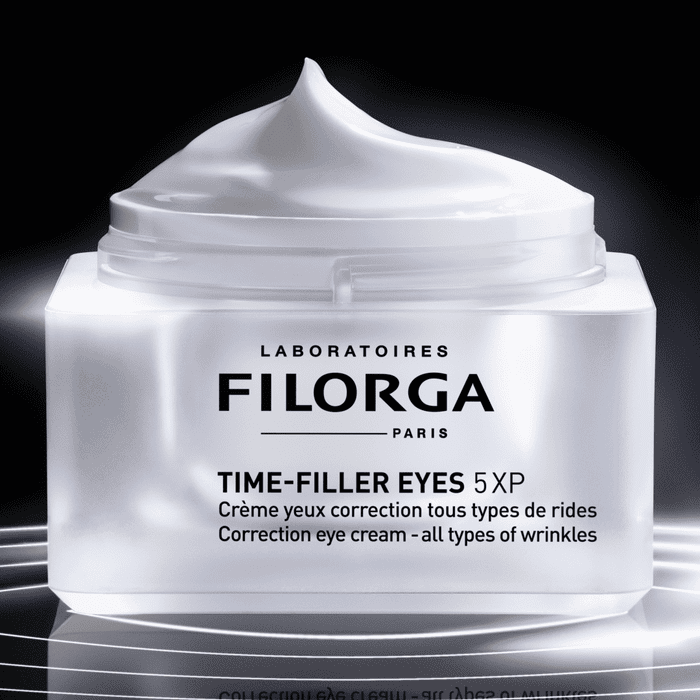
To enable you to effectively treat your eye contour wrinkles, we have combined all these technologies from aesthetic medicine in our FILORGA TIME-FILLER range. Discover it without delay!

